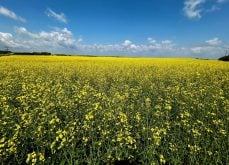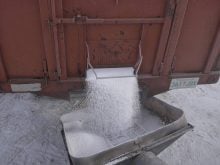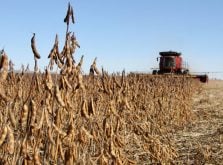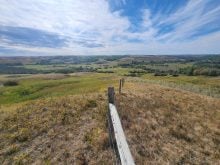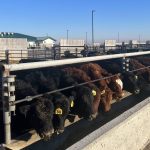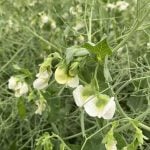Irrigation farmers in southern Alberta are being warned to plan for water rationing this year.
“Producers need to have two plans this year,” said Jim Brown, manager of the St. Mary’s River Irrigation District.
“One for a normal year and one for a (water) rationed one.”
Brown said reservoir levels are less than half of normal winter storage.
Snowpack in the mountains is less than 45 percent of average. Alberta environment officials and irrigation system managers say there will be little water to refill reservoirs this spring unless Mother Nature provides moisture to the mountain passes soon.
Read Also
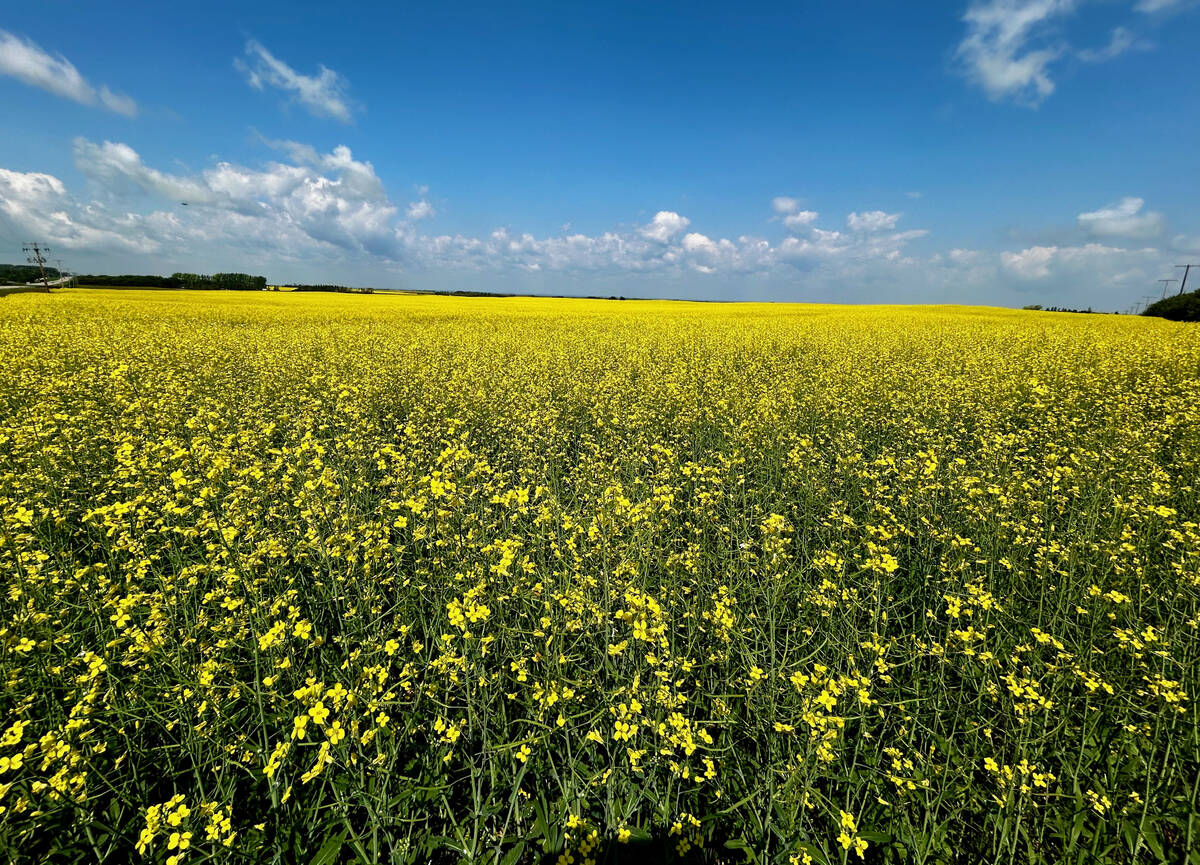
Pakistan reopens its doors to Canadian canola
Pakistan reopens its doors to Canadian canola after a three-year hiatus.
Average fall precipitation was promising, but a near record low winter snowfall has plagued the plains and mountains.
In southeastern Alberta, 2000 was the fifth driest year since rainfall tracking began at Medicine Hat in 1891. Red Deer and Lethbridge were near average or slightly below, but Coronation had the driest growing season on record.
Wally Chinn of Alberta Agriculture said even average snowfall between now and spring would result only in lower than average water levels in the reservoirs. A single big rain or heavy snow, a wet summer, or any of those in combination could alleviate problems, he added.
“But right now it doesn’t look good and farmers need to prepare for that option. Farmers have made capital investments that need to be paid for. They may have to make plans to divert their water (allocation) to high-value crops and farm the rest (of the fields) dryland and consider dryland crop insurance.”
Contingency plans for rationing are being made by the nine irrigation districts and local municipalities.
Alberta Environment’s Kathleen Murphy, who tracks mountain snowpack, said it is still too early to start turning down the taps for spring.
“Half of all snow falls in the mountains between February and April,” she said.
“We could yet have a near or above normal snowpack and the problem will go away.”


